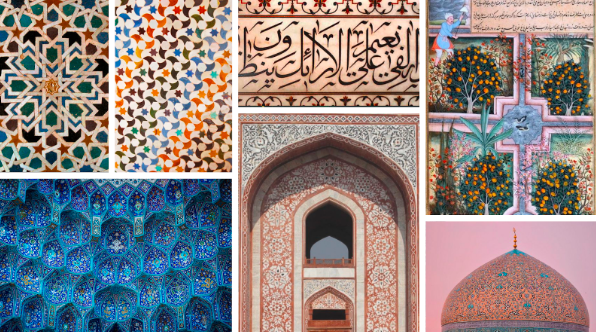theculpritandthecure.com – Uzbekistan, a land rich in history and culture, is experiencing a renaissance of Islamic art that echoes its glorious past. As the heart of the ancient Silk Road, Uzbekistan has long been a melting pot of cultures, religions, and artistic expressions. Today, the country is witnessing a revival of Islamic art, drawing from its heritage to inspire a new generation of artists and craftsmen.
A Glimpse into History
The roots of Islamic art in Uzbekistan date back to the Islamic Golden Age, when the region became a hub for scholars, artists, and traders. Cities like Samarkand, Bukhara, and Khiva flourished, adorned with stunning architecture and intricate designs that reflected the artistic excellence of the time. The majestic mosques, madrassas, and mausoleums of this era were decorated with elaborate tilework, calligraphy, and geometric patterns, becoming iconic symbols of Islamic art.
The Renaissance of Islamic Art
In recent years, Uzbekistan has embarked on a journey to revive and celebrate its rich artistic heritage. This resurgence is marked by several key developments:
1. Restoration of Historical Monuments
Efforts to restore and preserve historical monuments have been a cornerstone of Uzbekistan’s cultural revival. Iconic sites such as the Registan in Samarkand and the Ark Fortress in Bukhara have undergone extensive restoration work, bringing their stunning Islamic artistry back to life. These projects not only preserve the past but also inspire contemporary artists.
2. Promotion of Traditional Crafts
Uzbekistan is known for its traditional crafts, including pottery, textile weaving, and wood carving. These crafts are being revitalized through government support and artisan initiatives. Workshops and training programs are helping to pass down these skills to younger generations, ensuring that the intricate patterns and techniques of Islamic art continue to thrive.
3. Contemporary Artistic Expressions
A new wave of Uzbek artists is blending traditional Islamic motifs with modern themes, creating innovative works that resonate with today’s audiences. These artists are exploring new mediums and styles while staying rooted in their cultural heritage. Their work is gaining recognition both domestically and internationally, showcasing the dynamic evolution of Islamic art in Uzbekistan.
4. Cultural Festivals and Exhibitions
Uzbekistan is hosting cultural festivals and exhibitions that celebrate Islamic art and culture. These events provide a platform for artists, scholars, and enthusiasts to share their work and ideas, fostering a community that appreciates and promotes the country’s artistic legacy.
The Future of Islamic Art in Uzbekistan
The revival of Islamic art in Uzbekistan is not just about preserving the past; it is about creating a vibrant future. By embracing their rich artistic heritage, Uzbeks are building a cultural identity that honors their history while embracing innovation and creativity. This renaissance is a testament to the enduring power of art to transcend time and connect people across generations.
Conclusion
The revival of Islamic art in Uzbekistan is a journey of rediscovery and renewal. As the country reawakens its artistic traditions, it is crafting a legacy that will inspire future generations. Through restoration, innovation, and celebration, Uzbekistan is reaffirming its place as a beacon of Islamic art and culture in the modern world.
